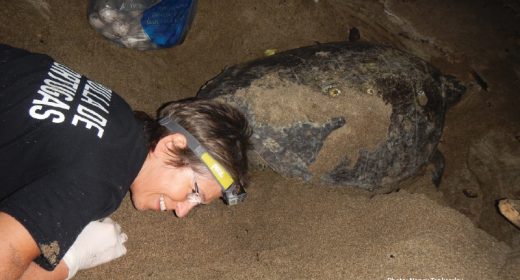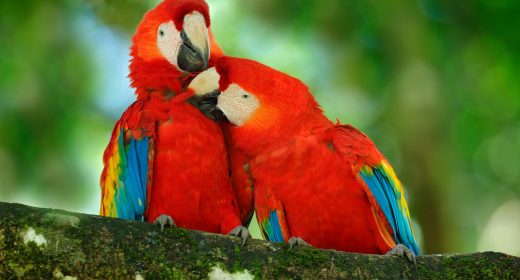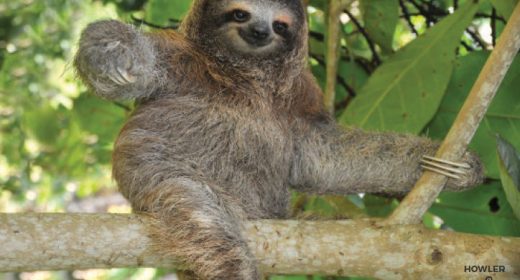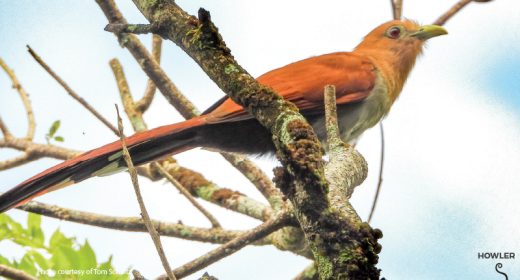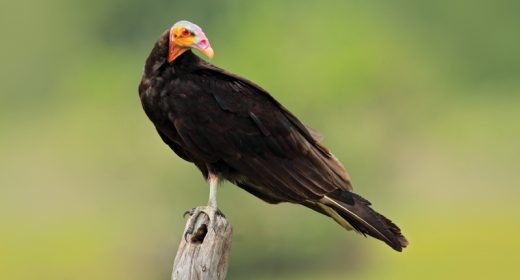
Mussurana: More Friend Than Foe, Except to Other Snakes
- APR 29, 2019Warning: count(): Parameter must be an array or an object that implements Countable in /home/howlermag/public_html/old/wp-content/themes/new-paper/includes/general.php on line 193
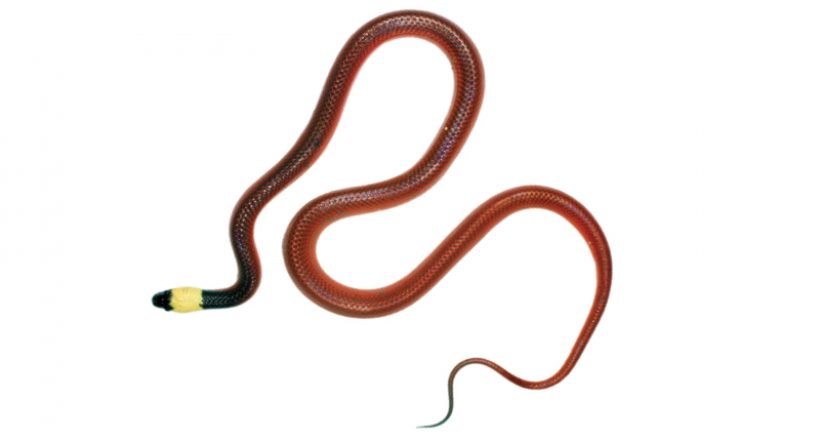
Your Lead Paragrpah goes here
The mussurana (clelia clelia) is a medium-sized snake species in the colubrid genus. It is found primarily in a geographic region that includes Costa Rica, extending from Guatemala south to Brazil. Most Ticos know the snake by the name zopilota.
The average adult length is between 1.5 and 1.6 meters (4.9 and 5.2 feet), but some grow up to 2.4 meters (7.9 feet), with females being longer.
This egg-laying breed of snake changes in appearance at different life stages. Juveniles have a whitish-yellow ventral color and light pink dorsal surface, which becomes lead-blue when they mature.
Mussurana are mostly snake eaters, using the 10 to 15 strong teeth at the back of their mouths to grasp the head of their prey. They then coil around their prey, killing it by constriction. The ingested snake’s long body is compressed as a wave in order to move through the mussurana’s gastrointestinal system. They are immune to the venom of most other snakes that they feed upon, particularly pit vipers, but not to the venom of coral snakes.
With their preferred habitat being dense ground-level vegetation, mussurana will also feed on available small mammals in the absence of other snakes.
While rear-fanged and mildly venomous, this snake poses no danger to humans. It rarely strikes, even while being handled. Even if it did strike, the rear fangs would make envenomation difficult unless it had time to chew. In some regions, mussurana are even kept as pets by farmers to keep pit vipers away from their livestock. Very few human envenomations have been reported and they were not fatal.
Attempts were made in Brazil to breed and release large numbers of mussuranas for the control of pit vipers. Although this plan did not work very well, the mussuranas continued to be used to keep venomous snake populations down. They were also studied for their immunity to bothropic venom. Eventually, the Butantan Institute in São Paulo, Brazil, which specializes in antivenins, erected a statue of the mussurana as a symbol in tribute to combating venomous snake bites.
Mussuranas are increasingly rare, due to the disappearance of their prey, and some populations are almost extinct in many habitats.
Other HOWLER Creature Features
HOWLER Monkey
Bullet Ants, Pain You Don’t Want to Feel
Tree Boas
Toucan Species
Jaguars: Cool Cat has crucial Place in Ecosystem
Coati
Leatherbacks: a close-to-home concern
A Unique Mix of Animals in Costa Rica
The Costa Rican Coral Snake
